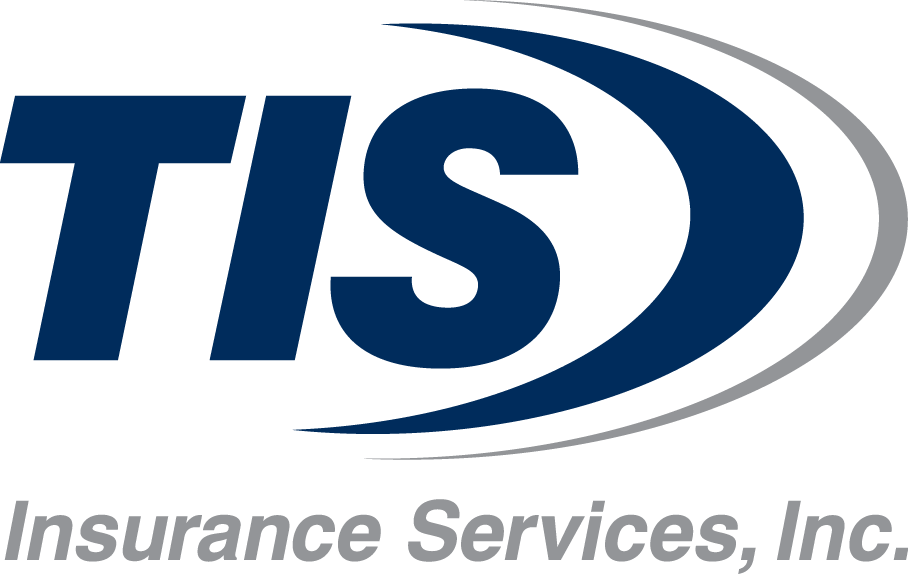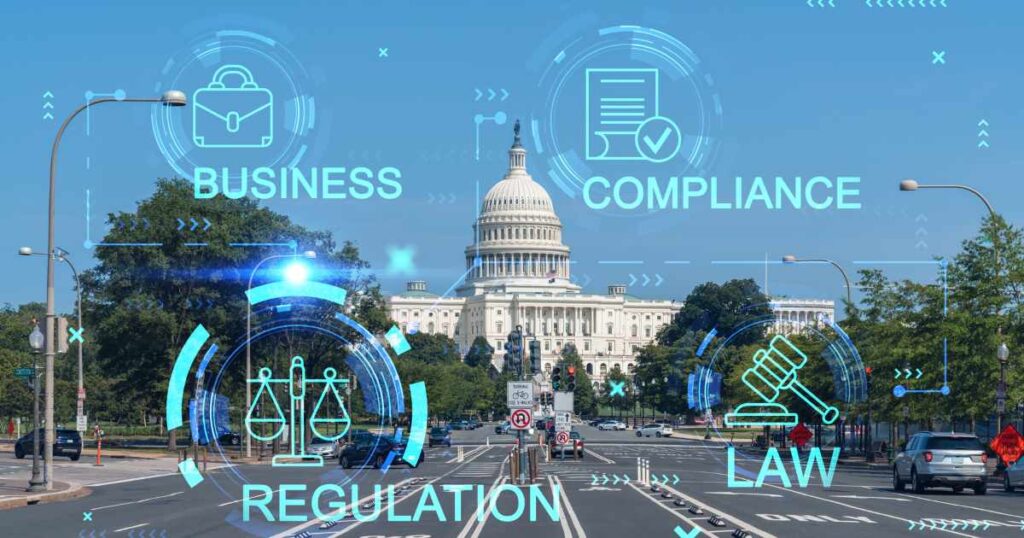People are the foundation of any business. Implementing a strategic roadmap for how you attract, manage, and retain your people can be the difference maker in the success and growth of your organization. A thoughtful and effective HR strategy not only aligns with business objectives but also fosters a productive, engaged, and satisfied workforce.
The 5 steps below will guide you in developing an HR strategy that will help to clearly communicate your plan and drive your organization forward.
Pro Tip! Involve your key stakeholders throughout the process of developing your HR strategy. This can include senior management, department heads, and employees. Even though you won’t likely involve all stakeholders at every step, their input and buy-in are essential for the strategy’s successful implementation. Regular communication and collaboration with stakeholders will ensure that the strategy meets the needs of all parties.
Developing an Effective HR Strategy
1. Assess Current HR Practices and Business Needs
The first step in developing an HR strategy is to conduct a thorough assessment of your current HR practices and the organization’s business needs. This involves:
- Conducting a SWOT Analysis: Identify the strengths, weaknesses, opportunities, and threats related to your HR function.
- Determine your AS IS: Assess your HR current policies, procedures, systems, and staff competencies. This analysis will help you identify areas that need improvement and those that are performing well.
- Reviewing Current HR Metrics: Determine the key performance indicators (KPIs) that will measure the effectiveness of your HR strategy. Common HR metrics include employee turnover rate, time to fill positions, employee engagement scores, training effectiveness, and cost per hire. These metrics will provide a clear picture of HR performance and areas needing attention.
- Understanding Business Objectives: Meet with senior leadership to understand the organization’s strategic goals and how HR can support these goals.
2. Define HR Goals and Objectives
Based on the assessment, define clear HR goals and objectives that align with your organization’s mission, vision, and strategic objectives. Whether your focus is on growth, innovation, cost reduction, or market expansion, your HR strategy should be designed to contribute to these goals.
Be sure to develop goals that are SMART: Specific, Measurable, Achievable, Relevant, and Time-bound.
Examples of HR Goals
- Talent Acquisition: Reduce time to hire by 20% over the next year.
- Employee Engagement: Increase employee engagement scores by 15% within six months.
3. Develop HR Policies and Practices
To achieve the defined goals, develop or update HR policies and practices. These should address key areas such as recruitment, training, performance management, employee experience, and total compensation.
Key Areas to Focus On
- Recruitment and Onboarding: Create efficient and inclusive recruitment processes to attract top talent and ensure a smooth onboarding experience.
- Training and Development: Develop training programs to enhance employee skills and prepare them for future roles.
- Performance Management: Implement a performance management system that includes regular feedback, goal setting, and performance reviews.
- Career Progression: Design a roadmap for how employees will progress within the company.
- Employee Experience: Employee experience plays a critical role in job satisfaction and retention. Focus on creating a positive work environment that promotes work-life balance, recognition, and employee engagement. Consider implementing flexible work arrangements, wellness programs, and initiatives that encourage a sense of belonging and community.
- Compensation and Benefits: Ensure that your compensation and benefits packages are competitive and align with industry standards. You can even partner with our experienced benefits advisors from TIS to benchmark your current plan and design a plan that better aligns with your business goals and employee demographics.
4. HR Technology
Utilize HR technology to streamline processes, enhance data accuracy, and improve decision-making. HR technology can automate repetitive tasks, provide valuable insights through analytics, and enhance the overall employee experience. Today’s software solutions can assist in all areas of HR, including recruitment, onboarding, performance management, payroll, and employee engagement.
Key HR Technologies to Consider
- Applicant Tracking Systems (ATS) to manage the recruitment process more efficiently.
- Learning Management Systems (LMS) for delivering and tracking employee training programs.
- HR Analytics Tools to monitor key HR metrics and inform strategic decisions.
- Employee Self-Service Portals to empower employees to manage their personal information and access HR services.
- Human Capital Management (HCM) platforms offer integrated solutions for all HR functions, including benefits administration software.
- TIS also has access to innovative tools like PlanAdvisor to help simplify the benefits planning process, ensure you offer a competitive and attractive benefits package, and empower your HR team to focus on strategic initiatives. Set up a consultation to learn more.

5. Communicate and Implement
Once your HR strategy is developed, communicate it clearly to the entire organization. Ensure that everyone understands the goals, plans, and their roles in executing the strategy. Provide training and resources to support the implementation process. Continuous communication and reinforcement are key to maintaining momentum and achieving desired outcomes.
Don’t Forget – Regularly Review and Adjust
An HR strategy should not be static. Regularly review and adjust your strategy based on the changing needs of the business and workforce. Use the data collected from your HR metrics to make informed decisions and continuous improvements. Stay adaptable and be prepared to modify your strategy as needed.
Craft a Winning HR Strategy
Developing an effective HR strategy requires a thorough understanding of your business goals, a clear analysis of your current HR capabilities, and active engagement with stakeholders. By focusing on talent management, enhancing the employee experience, and leveraging technology, you can create a strategy that drives organizational success. Regular reviews and adjustments will ensure your HR strategy remains relevant and effective in meeting the evolving needs of your business and workforce.
Contact us for help and start building a winning HR strategy with TIS Insurance Services, Inc.






